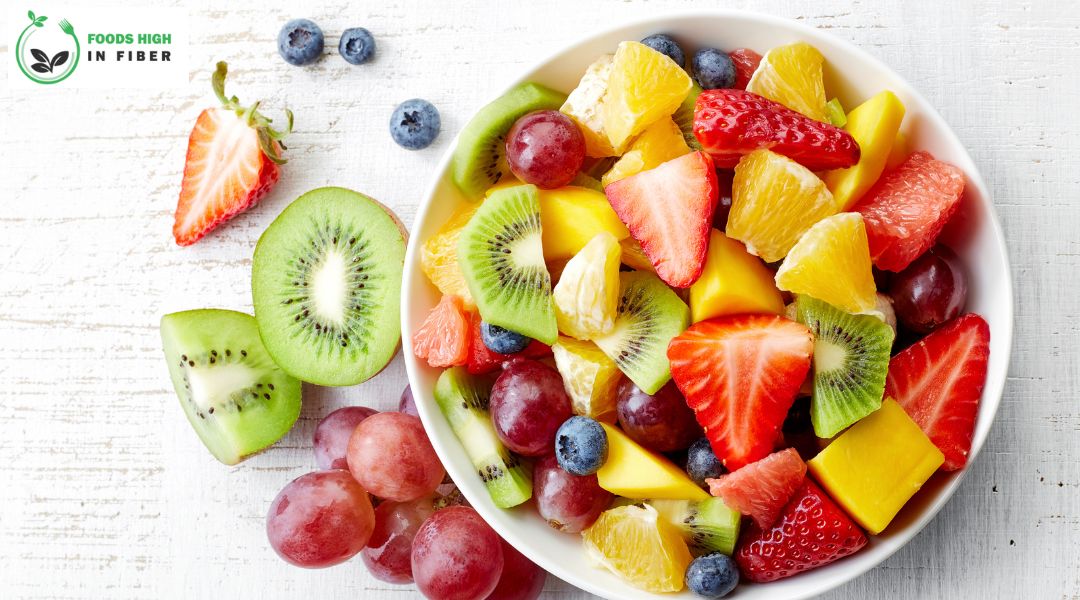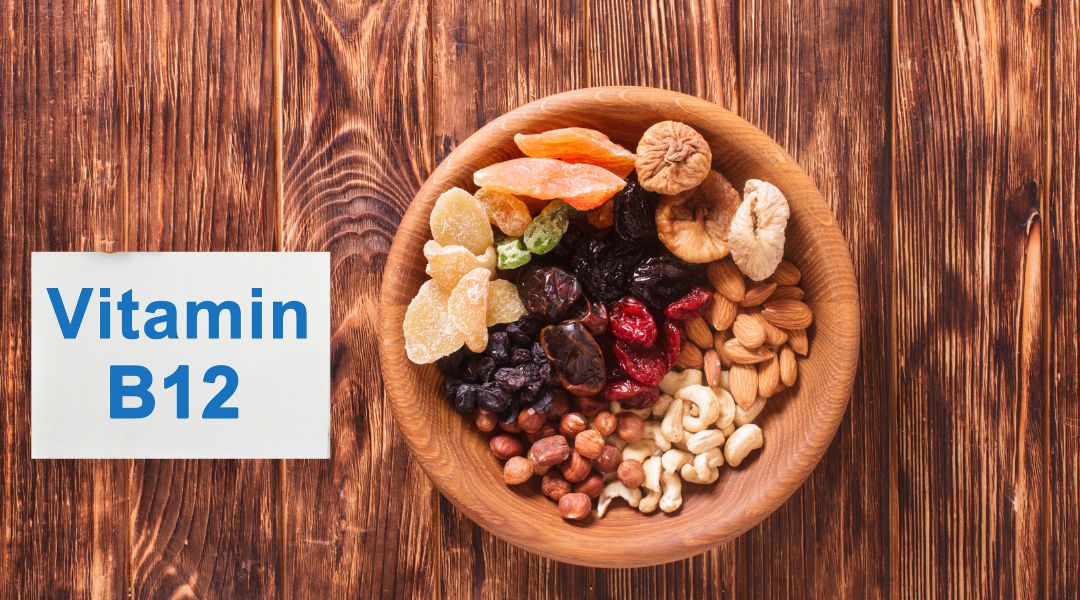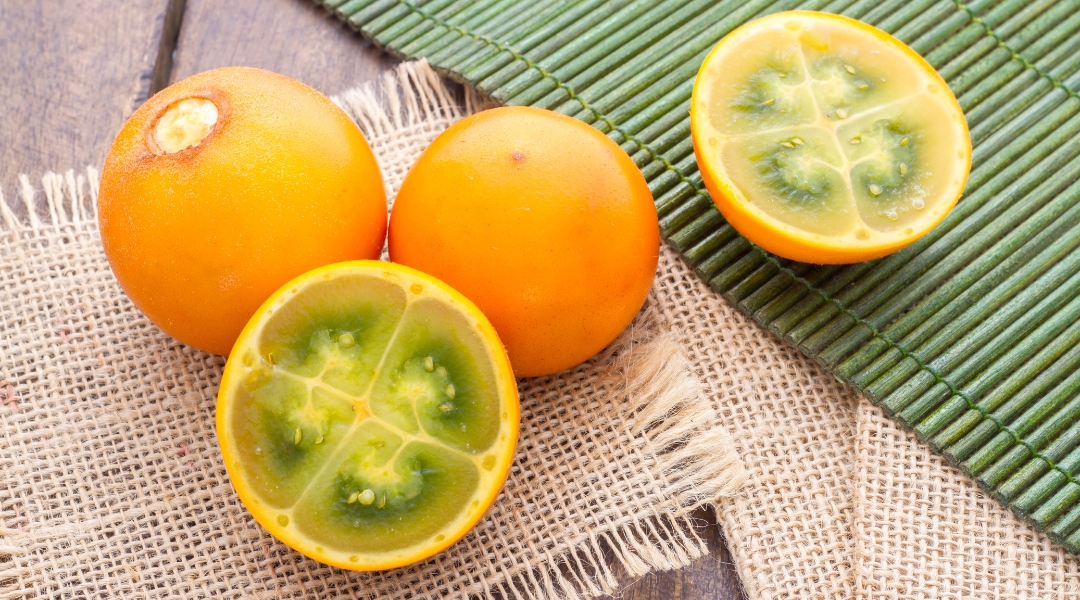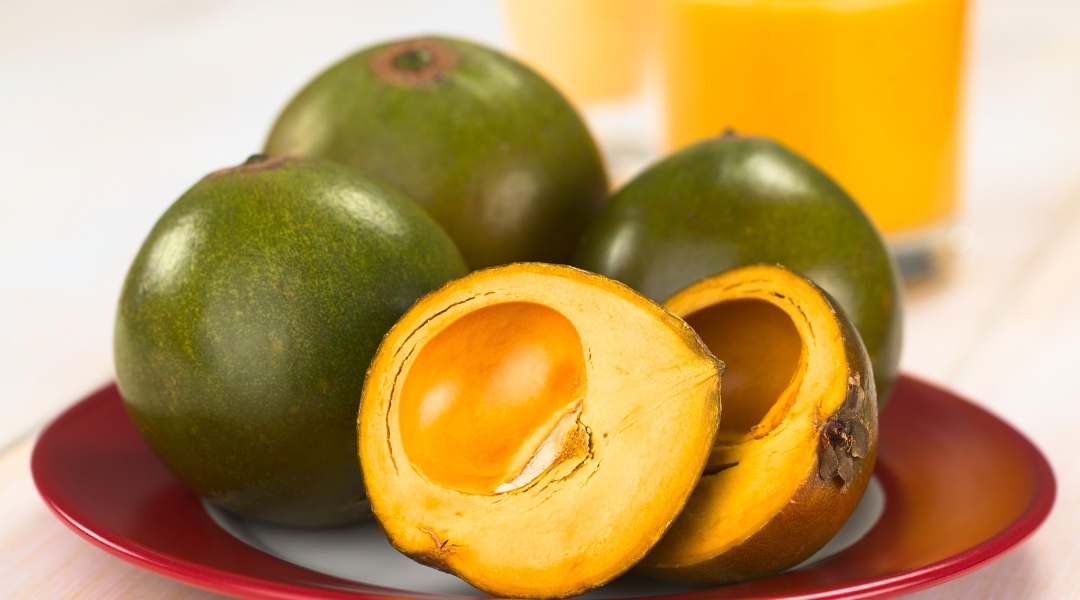Introduction
Mexico is known for its rich culinary heritage, and one aspect that stands out is its inconceivable variety of fruits. From tropical delights to unique indigenous treasures, Mexican fruits offer a burst of flavors, colors, and nutritive benefits. In this composition, we will claw into the world of Mexican fruits, exploring ten pleasurable options that are bound to tantalize your taste kids.
Mango: The King of Mexican Fruits

Bold, juicy, and irresistibly sweet, the mango reigns supreme among Mexican fruits. With its vibrant orange flesh and tropical aroma, the Mexican mango is a treat for both eyes and taste buds. Varieties like Ataulfo, Tommy Atkins, and Kent are popular, each offering a unique flavor profile. Whether eaten fresh, in salsas, or as part of refreshing beverages, mangoes add a burst of sweetness to any dish.
Here are the nutritional and health benefits of Mango:
- Rich in vitamin C, which supports immune function and collagen production.
- High in dietary fiber, promoting healthy digestion.
- Contains antioxidants that help protect against cell damage.
Papaya: A Tropical Delight
Known for its vibrant orange color and buttery texture, the papaya is a tropical delight that thrives in the warm climate of Mexico. Rich in vitamins A and C, this fruit offers a range of health benefits, including improved digestion and immune system support. Its sweet, succulent flesh makes it a perfect addition to fruit salads, smoothies, and desserts.
Here are the nutritional and health benefits of Papaya:
- Excellent source of vitamin C, supporting immune health.
- Contains enzyme papain, aiding in digestion and reducing bloating.
- High in antioxidants, helping to combat oxidative stress.
Guava: A Fragrant and Versatile Fruit
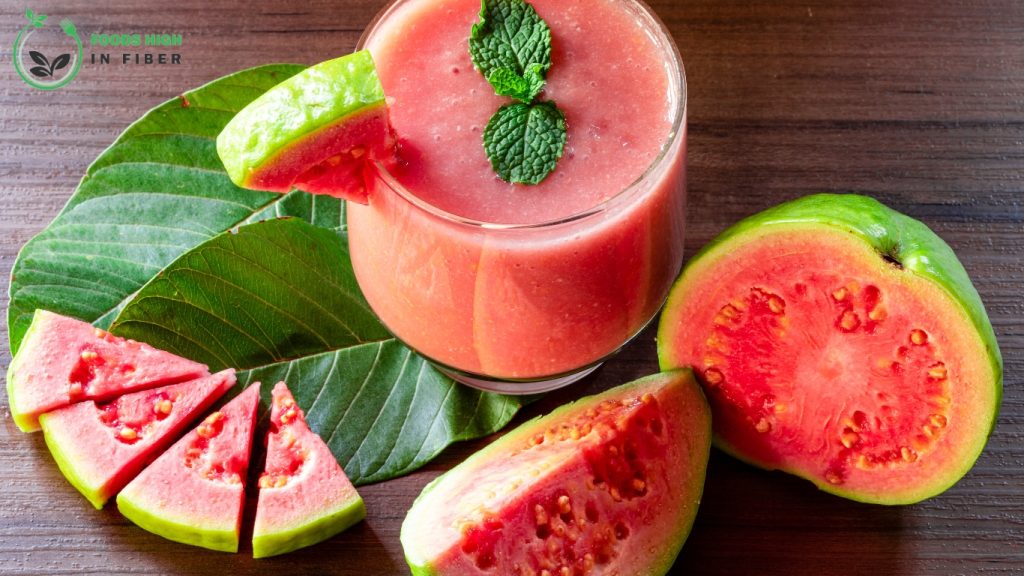
Guava is a fragrant fruit that grows abundantly in Mexico. With its distinctive aroma and sweet-tart flavor, it is a favorite among locals. Guava can be enjoyed fresh, juiced, or used in a variety of dishes, including jams, jellies, and pastries. Packed with vitamin C, fiber, and antioxidants, guava is not only delicious but also a healthy choice.
Here are the nutritional and health benefits of Guava:
- Packed with vitamin C, supporting immune function and collagen synthesis.
- Good source of dietary fiber, aiding in digestion and promoting satiety.
- Contains antioxidants, protecting against cellular damage.
Avocado: Creamy Goodness
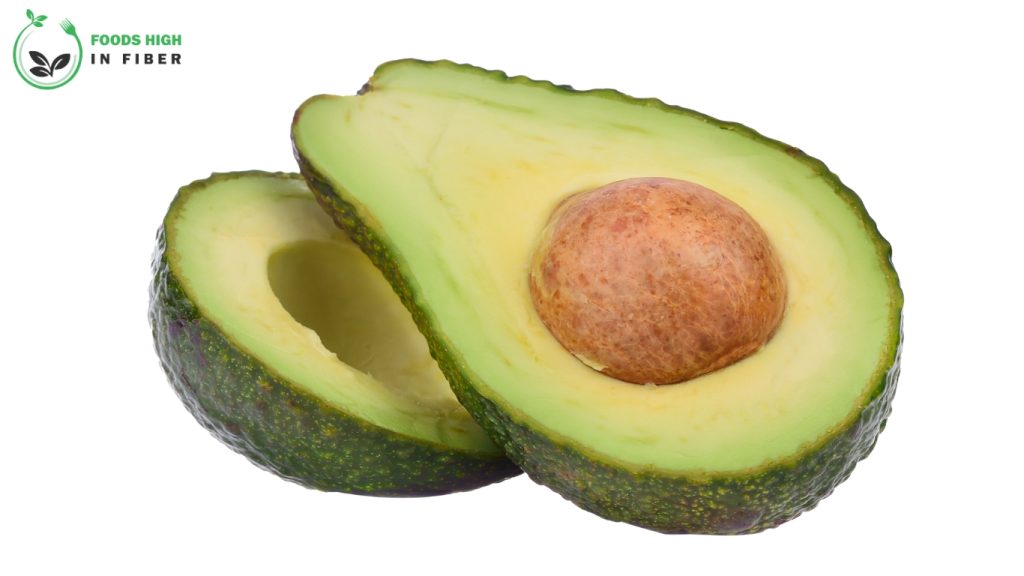
No discussion of Mexican fruits would be complete without mentioning the beloved avocado. Renowned for its creamy texture and rich flavor, avocados are a staple ingredient in Mexican cuisine. Whether mashed into guacamole, sliced onto tacos, or spread on toast, avocados add a luscious and satisfying element to any dish. They are also a great source of healthy fats and essential nutrients.
Here are the nutritional and health benefits of Avocado:
- Rich in heart-healthy monounsaturated fats, which may help lower bad cholesterol levels.
- High in fiber, promoting digestive health and aiding in weight management.
- Contains vitamins K, C, E, and various B vitamins, contributing to overall health.
Pitaya: The Exotic Dragon Fruit

Pitaya, commonly known as dragon fruit, is a visually stunning fruit that captures attention with its vibrant colors and unique appearance. Native to Mexico, this exotic fruit has a mild, refreshing flavor reminiscent of kiwi. It is low in calories and high in fiber, making it a healthy choice for those seeking a nutritious snack or a beautiful addition to fruit salads and smoothie bowls.
Here are the nutritional and health benefits of Pitaya:
- Low in calories and rich in fiber, supporting weight management and healthy digestion.
- Contains antioxidants, helping to neutralize free radicals and protect cells from damage.
- Good source of vitamin C, promoting immune function and collagen synthesis.
Zapote: A Sweet and Nutritious Treat
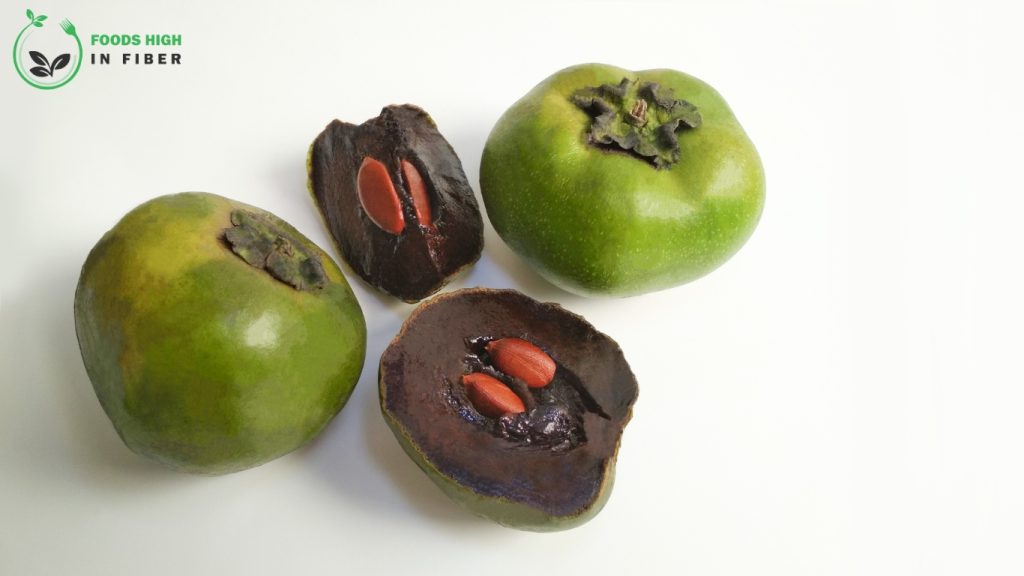
Zapote is a lesser-known Mexican fruit that deserves recognition for its sweet and custard-like taste. The fruit comes in various varieties, including black, yellow, and mamey zapote. Rich in vitamins A and C, as well as fiber, zapote offers both a delightful flavor and several health benefits. It is often enjoyed fresh, but it can also be used in desserts, ice creams, and shakes.
Here are the nutritional and health benefits of Zapote:
- High in fiber, aiding in digestion and promoting feelings of fullness.
- Contains vitamins A and C, supporting eye health and immune function.
- Rich in antioxidants, protecting against oxidative stress and inflammation.
Tuna: Prickly Pear Cactus Fruit
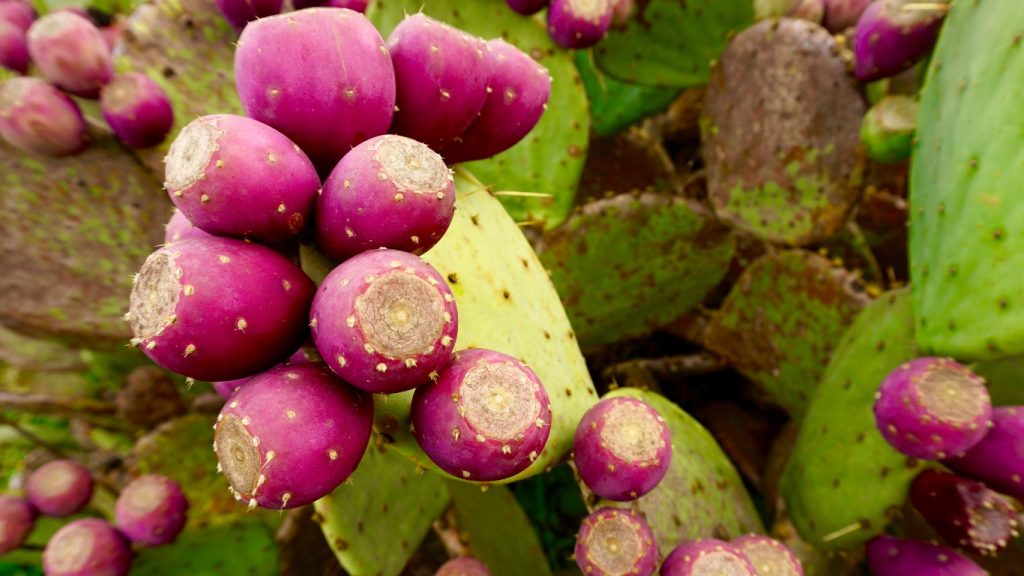
Tuna, fruit of prickly pear cactus, is a unique and fascinating addition to the Mexican fruit geography. Despite its thorny surface, tuna offers a stimulating and subtly sweet taste. It’s a good source of vitamin C and antioxidants. In Mexico, it’s generally used to make stimulating potables, logjams, and delicacies.
Here are the nutritional and health benefits of Tuna:
- Good source of dietary fiber, promoting healthy digestion and preventing constipation.
- Contains antioxidants, protecting cells from damage and supporting overall health.
- Rich in vitamin C, aiding in immune function and collagen production.
Mamey: A Flavorful Tropical Gem
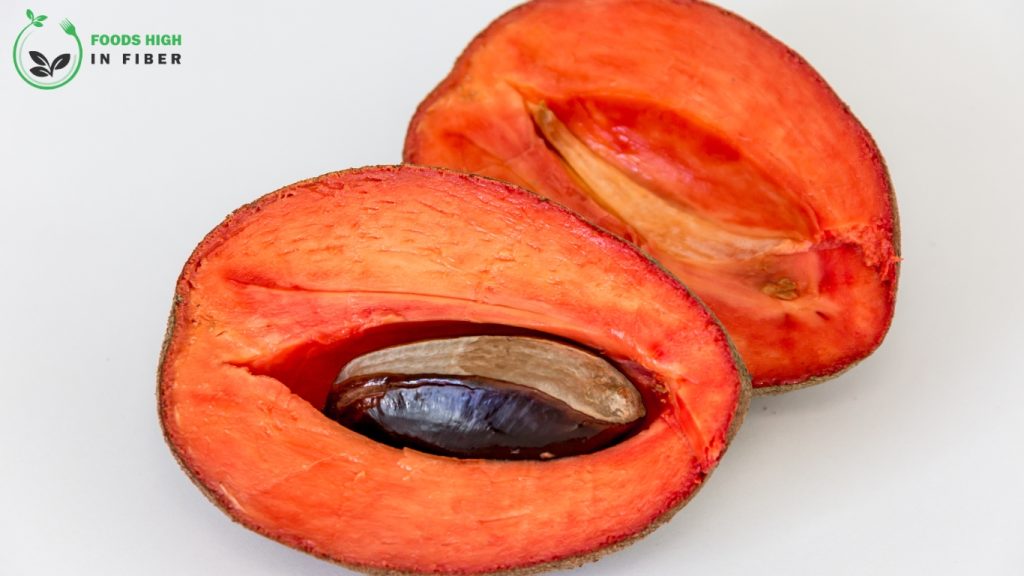
Mamey is a tropical fruit that delights with its vibrant orange meat and sweet flavor. It has a delicate texture analogous to a sweet potato or pumpkin. Mamey is frequently enjoyed fresh, but it can also be used in ice creams, smoothies, and ignited goods. Rich in fiber and essential nutrients, this fruit is a nutritional and succulent choice.
Here are the nutritional and health benefits of Mamey:
- High in dietary fiber, supporting digestive health and promoting regular bowel movements.
- Contains vitamins A and C, contributing to eye health and immune function.
- Rich in antioxidants, helping to combat oxidative stress and inflammation.
Jicama: The Refreshing Root Vegetable
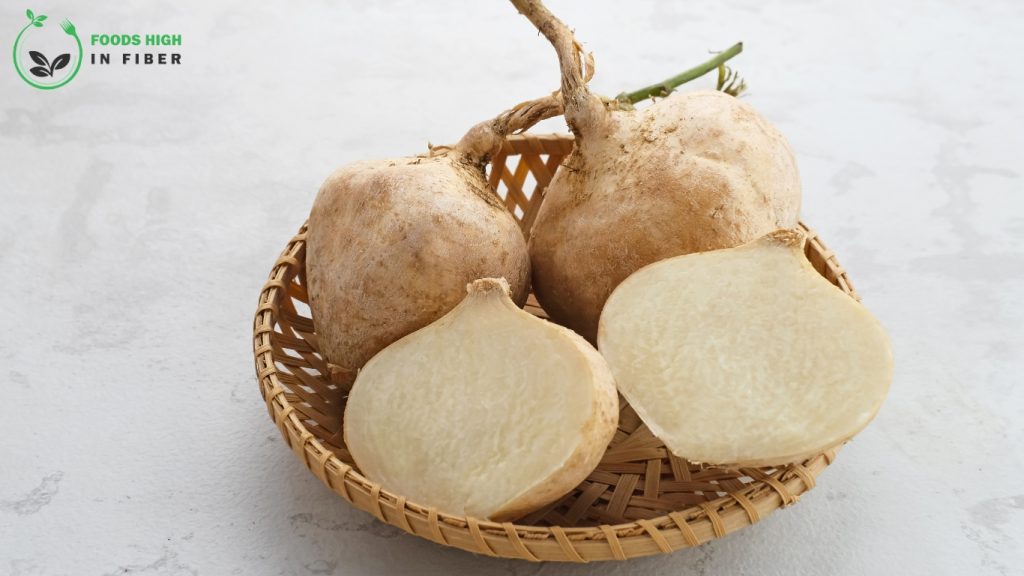
While technically a root vegetable, jicama is often classified as a fruit due to its sweet and refreshing nature. With its crunchy texture and subtly sweet flavor, jicama adds a refreshing element to salads, salsas, and stir-fries. It is also a good source of fiber and vitamin C, making it a healthy addition to any meal.
Here are the nutritional and health benefits of Jicama:
- Low in calories and high in fiber, promoting weight management and digestive health.
- Contains vitamin C, supporting immune function and collagen synthesis.
- Provides prebiotic fiber, nourishing beneficial gut bacteria and promoting a healthy gut.
Chayote: A Versatile Squash Like Fruit
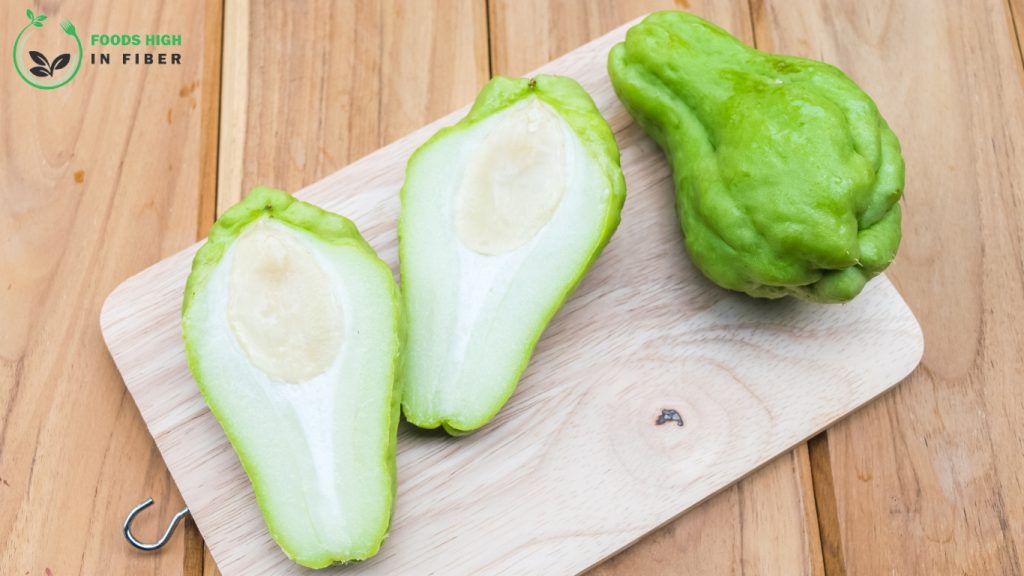
Chayote, also known as vegetable pear or mirliton, is a versatile fruit commonly found in Mexican cuisine. With its mild flavor and crisp texture, it can be enjoyed raw in salads, cooked in soups and stews, or even baked as a substitute for potatoes. Chayote is low in calories and packed with nutrients like vitamin C and fiber.
Here are the nutritional and health benefits of Chayote:
- Low in calories and high in fiber, aiding in weight management and digestive health.
- Contains antioxidants, protecting against cellular damage and supporting overall health.
- Rich in vitamins C and B6, contributing to immune function and brain health.
Conclusion
Exploring the diverse world of Mexican fruits and Maxican food reveals a tapestry of vibrant flavors, colors, textures, nutritional and health benefits. From tropical sweetness of mangoes and papayas to exotic allure of pitayas and zapotes, each fruit brings its own unique charm. Whether enjoyed fresh, incorporated into dishes, or transformed into delicious treats, Mexican fruits offer a delightful culinary experience. So why not venture into the realm of Mexican fruits and discover wonders they hold?

